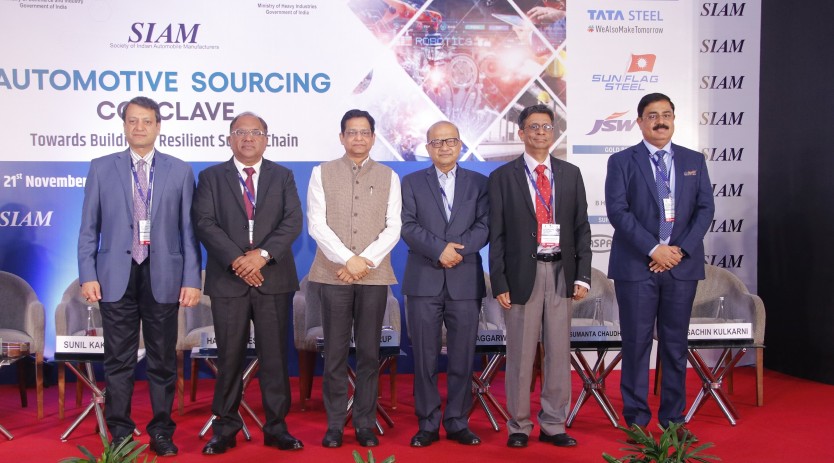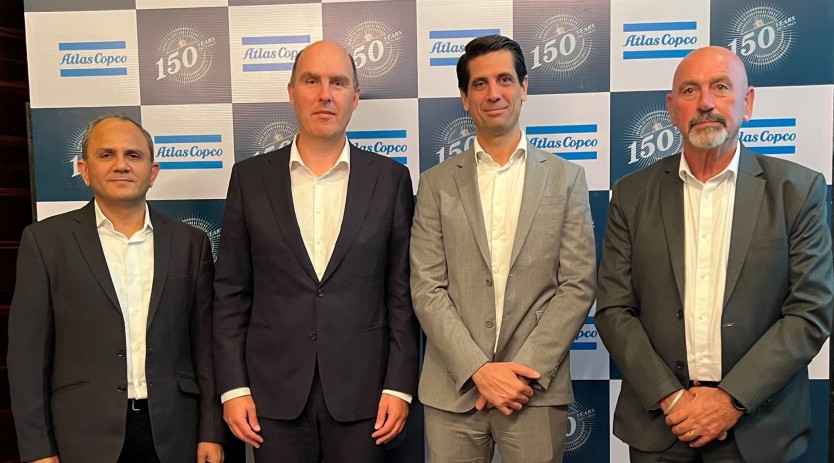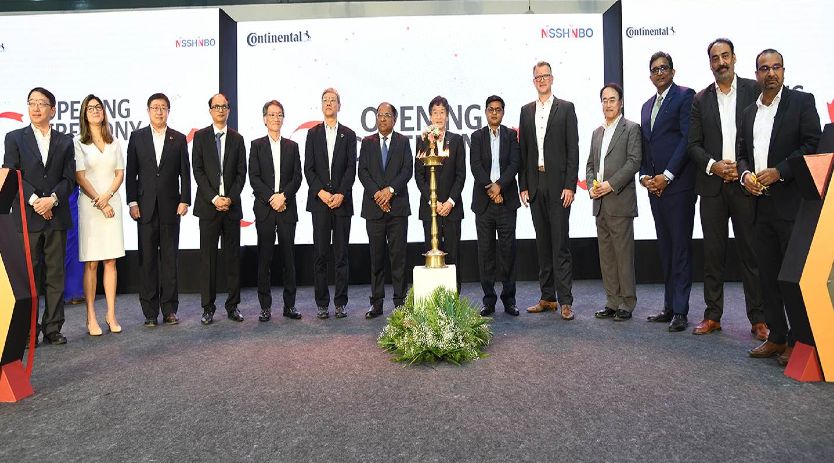Measuring devices: an integral part of today’s production
July 8, 2021 1:47 pm
In order to reliably manufacture complex workpieces with high quality requirements, it is necessary to control the processes by means of a closed-loop process.
Production of small batch sizes – sometimes only of individual parts – usually involves expensive blanks which are difficult to procure and can quickly be “wasted”. Therefore, since the beginning of complete machining, WFL has paid great attention to measuring workpieces in the machine and has developed cycle packages for a wide range of measuring tasks.
These measuring methods ensure highest manufacturing accuracy with tightest tolerances on complex workpieces. There is a wide variety of measuring devices such as switching measuring probes, scanning measuring probes or ultrasonic measuring devices.
Manual measuring versus automated measuring:
When using manual measuring equipment, random measuring errors must be expected. These occur with every measurement and are very difficult to find. Process interruptions, which are necessary to carry out measurements, result in longer production times. For this reason, only a low level of automation can be achieved. Since the tool correction is calculated by the operator, there is a higher error rate compared to an automated process.
The measurement processes:
Measuring probes have to be calibrated before they can be used for measurement. The calibration always takes place before the machining process and is carried out by the operator. The individual measuring points that were determined with the probe are evaluated after measuring. Various algorithms are available for analysis. The results are then evaluated, and a correction is calculated.
Most of the time, a tool correction is determined based on the measurement results and automatically assigned to a tool via a WFL cycle. In addition, the individual results can be recorded, and a detailed analysis can be carried out at a later point in time.
Scanning measurement of roundness and axial run-out:
Since the exact deflection angle can be determined with new switching heads, the exact roundness and axial run-out can be measured on the workpiece, for example. For this reason, it can be checked before machining whether the blank meets the requirements. If this is not the case, either the program must be changed or the blank must be exchanged in order to avoid any machining problems. Since programs have flexible structures, they can usually be adapted automatically using a parameter program. In automated production, blanks should always be inspected in order to avoid problems and downtimes.
For more info visit: https://www.wfl.at/en
Cookie Consent
We use cookies to personalize your experience. By continuing to visit this website you agree to our Terms & Conditions, Privacy Policy and Cookie Policy.

















